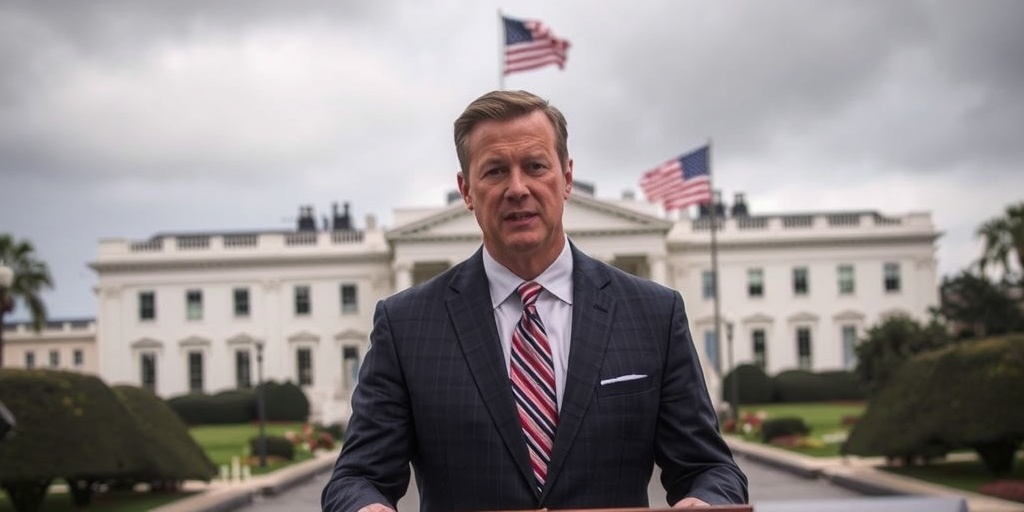Now Reading: Hegseth Halts Pentagon Efforts to Prevent Civilian Harm
-
01
Hegseth Halts Pentagon Efforts to Prevent Civilian Harm
Hegseth Halts Pentagon Efforts to Prevent Civilian Harm

Pentagon Cuts Civilian Harm Mitigation Programs Under Secretary Hegseth
In a significant policy shift, U.S. Defense Secretary Pete Hegseth is poised to dismantle key Pentagon offices and roles dedicated to preventing civilian casualties during military operations. This dramatic move, which has raised alarms among advocates for civilian protection, has already been communicated to personnel within the Civilian Harm Mitigation and Response office. According to multiple defense officials, these employees were informed that their offices would be shut down effective immediately. Further, the Civilian Protection Center of Excellence, responsible for training and operational guidelines aimed at safeguarding noncombatants, is also set to be closed.
The planned cuts are expected to affect all positions within combatant commands globally, including those in Central Command and Africa Command. These roles are critical for assessing risks to civilians during airstrikes and other military engagements. However, it remains unclear whether Secretary Hegseth will also revoke the Pentagon’s existing policy instruction that mandates consideration of potential civilian risks in combat planning and execution.
The officials who disclosed these developments requested anonymity to speak about sensitive policy changes. If implemented, the closures would result in the loss of employment for over 160 personnel within the Department of Defense. The Office of the Secretary of Defense has directed inquiries concerning Secretary Hegseth’s decisions to the Army, which has yet to provide comment on the matter as of Tuesday.
In a striking move early in President Trump’s new term, the Army had asked Pentagon leadership to rescind the policy guidance aimed at civilian harm mitigation, release the service from obligations tied to the Center of Excellence, and seek congressional approval to abolish the office altogether. The laws of armed conflict dictate the protection of civilians in combat zones, and military commanders are responsible for drafting rules of engagement in compliance with these mandates.
Historically, the principles focused on civilian protection have been integral to U.S. military culture. However, under the current Trump administration, these ideals are under considerable pressure, as Secretary Hegseth has publicly expressed a desire to restore a so-called “warrior ethos” within a military he claims has become overly soft and bureaucratic.
During his Senate confirmation hearing, Secretary Hegseth faced scrutiny regarding past comments in which he blamed “restrictive rules of engagement” for hindering U.S. military success. He also derogatorily referred to Judge Advocate General (JAG) officers, claiming that their guidance made it more challenging to defeat adversaries. In truth, rules of engagement are drafted and enforced by senior commanders in combat zones—not JAG officers, challenging the premise of Hegseth’s statements.
Recent actions have further intensified concerns around military leadership. On February 21, a significant purge at the Pentagon led to the firing of top uniformed legal advisers for both the Army and Air Force. The Navy’s senior JAG officer resigned unexpectedly in December, while his deputy remains in an acting capacity.
Retired Air Force Brigadier General Matt Isler expressed his dismay over the Pentagon’s decisions through a LinkedIn post on late Monday. He countered the claims that efforts to mitigate civilian casualties unduly constrain U.S. military capabilities, asserting, “Reducing risks of civilian harm focuses combat effects on the enemy, accelerates achievement of campaign objectives, preserves combat power, and protects warfighters.”
The response from advocates for civilian harm protection has been vocally critical. Annie Shiel, the U.S. advocacy director at the Center for Civilians in Conflict, stated, “Repeal of these lifesaving policies would be a betrayal of the civilians who have borne the brunt of U.S. operations.” She emphasized that not only does it jeopardize civilians, but it also undermines the efforts and sacrifices made by service members to learn from the traumatic lessons of previous conflicts.
Eliminating these existing programs could also terminate initiatives aimed at providing support and compensation to civilian victims of U.S. military actions. Human rights attorney Joanna Naples-Mitchell, who represents families of victims in conflict zones, argued that the proposed cuts would deepen the trauma for those impacted and induce moral injury among service members who have been involved in such operations.
Recent military policy reforms aimed at protecting civilians originated during the first Trump administration and were bolstered by Defense Secretary Lloyd J. Austin III following investigations into civilian casualties during military operations. While these reforms received commendation for their focus on civilian protection, they also attracted criticism for failing to address issues arising from military support operations, such as those concerning Israel’s actions in Gaza.
The current administration has also rolled back restrictions placed under the Biden administration that sought to constrain counterterrorism drone strikes and commando raids outside defined combat areas. This marks a return to previous engagement rules that had raised concerns during the first Trump term.
Throughout Secretary Hegseth’s tenure, the U.S. military has maintained a robust operational tempo in places like Iraq, Syria, and Somalia, despite earlier promises to end "endless wars." Recent actions include targeted strikes against Al-Shabaab in Somalia and operations against ISIS elements in Iraq, illustrating ongoing military involvement in complex conflict environments.
As the Pentagon’s trajectory shifts under Secretary Hegseth, many are left contemplating the implications for both U.S. military policy and the persisting humanitarian costs of warfare on civilians in combat zones.
Stay Informed With the Latest & Most Important News
Previous Post
Next Post
-
 01New technology breakthrough has everyone talking right now
01New technology breakthrough has everyone talking right now -
 02Unbelievable life hack everyone needs to try today
02Unbelievable life hack everyone needs to try today -
 03Fascinating discovery found buried deep beneath the ocean
03Fascinating discovery found buried deep beneath the ocean -
 04Man invents genius device that solves everyday problems
04Man invents genius device that solves everyday problems -
 05Shocking discovery that changes what we know forever
05Shocking discovery that changes what we know forever -
 06Internet goes wild over celebrity’s unexpected fashion choice
06Internet goes wild over celebrity’s unexpected fashion choice -
 07Rare animal sighting stuns scientists and wildlife lovers
07Rare animal sighting stuns scientists and wildlife lovers





















